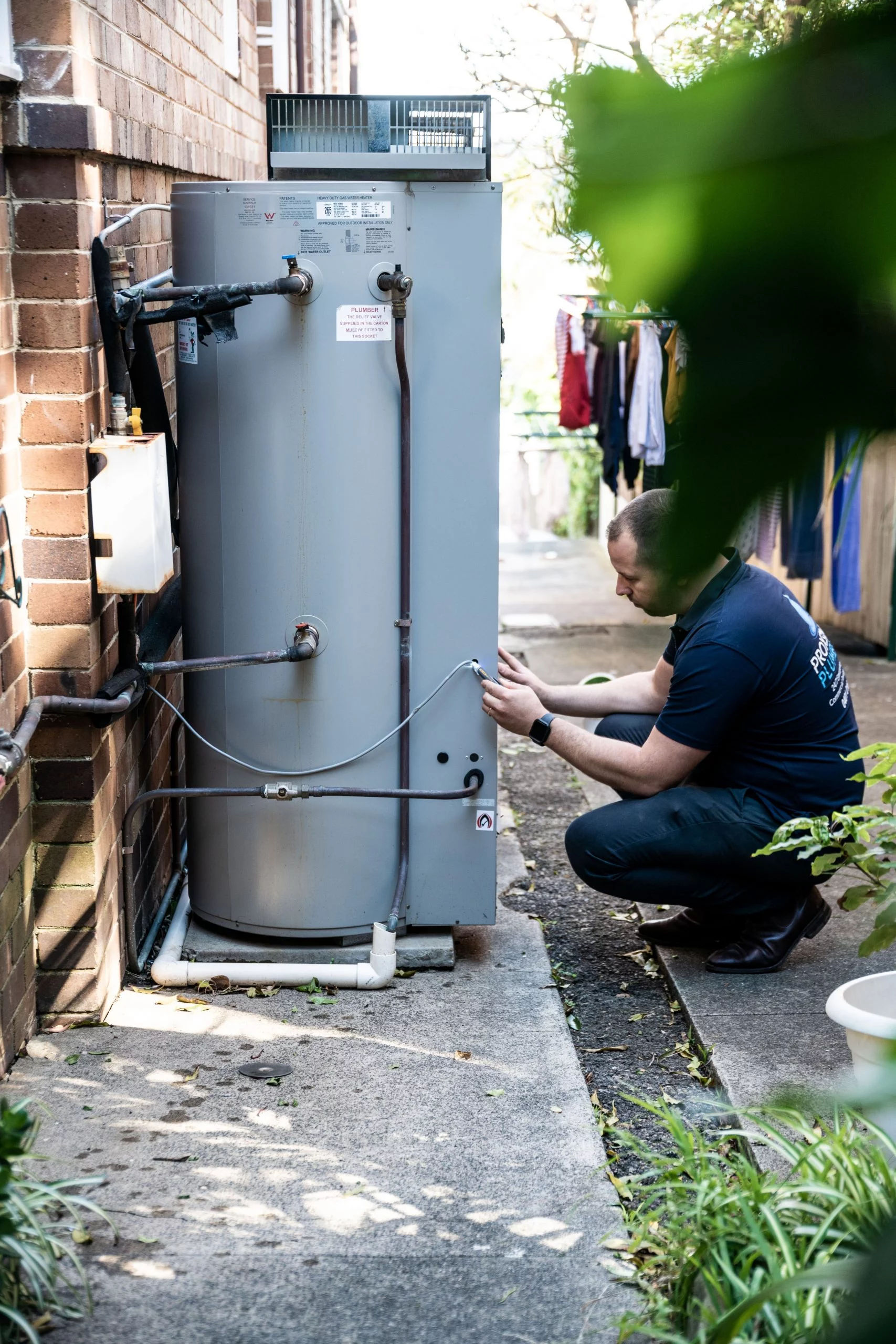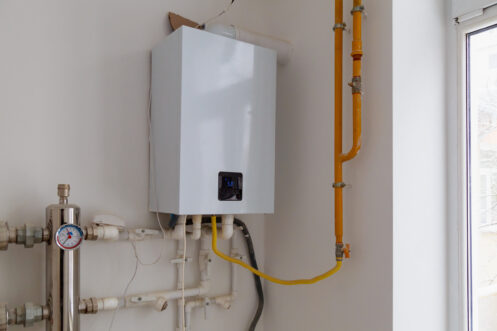Steps to Prolong the Life of Your Home's Hot Water System By Maintenance
Steps to Prolong the Life of Your Home's Hot Water System By Maintenance
Blog Article
Just how do you really feel about Tips For Maintaining Your Hot Water Heater?

Hot water is necessary for daily convenience, whether it's for a refreshing shower or washing recipes. To ensure your warm water system runs efficiently and lasts much longer, regular upkeep is key. This short article gives useful ideas and insights on exactly how to keep your home's hot water system to prevent disturbances and costly repair work.
Intro
Maintaining your home's hot water system may appear challenging, however with a couple of straightforward actions, you can ensure it operates efficiently for several years to come. This guide covers every little thing from recognizing your warm water system to do it yourself maintenance pointers and knowing when to contact specialist aid.
Importance of Preserving Your Warm Water System
Normal upkeep not only extends the life expectancy of your warm water system yet also ensures it operates effectively. Ignoring upkeep can bring about decreased efficiency, higher energy expenses, and also early failing of the system.
Indicators Your Warm Water System Needs Maintenance
Knowing when your hot water system needs interest can stop significant concerns. Keep an eye out for indicators such as irregular water temperature level, strange noises from the heating unit, or rustic water.
Flushing the Hot Water Heater
Purging your hot water heater eliminates debris accumulation, enhancing performance and lengthening its life.
Checking and Replacing Anode Rods
Anode rods protect against deterioration inside the storage tank. Examining and replacing them when worn out is critical.
Facility Problems Requiring Professional Aid
Instances include significant leakages, electrical problems, or if your hot water heater is consistently underperforming.
Routine Professional Upkeep Conveniences
Specialist upkeep can include comprehensive inspections, tune-ups, and making sure compliance with safety criteria.
Evaluating and Changing Temperature Setups
Readjusting the temperature level settings ensures optimum efficiency and security.
DIY Tips for Maintenance
You can execute a number of maintenance tasks on your own to maintain your hot water system in leading problem.
Checking for Leaks
Consistently check pipes and connections for leakages, as these can cause water damage and greater expenses.
Understanding Your Warm Water System
Prior to diving into upkeep jobs, it's useful to comprehend the basic parts of your warm water system. Generally, this consists of the hot water heater itself, pipes, anode poles, and temperature controls.
Monthly Upkeep Tasks
Regular month-to-month checks can assist catch small issues prior to they intensify.
Testing Pressure Alleviation Valves
Checking the pressure safety valve ensures it operates correctly and protects against extreme stress accumulation.
Insulating Pipes
Protecting hot water pipelines reduces warmth loss and can save power.
When to Call a Professional
While do it yourself maintenance is helpful, some issues call for professional know-how.
Conclusion
Normal maintenance of your home's warm water system is essential for efficiency, long life, and cost financial savings. By following these ideas and recognizing when to seek expert aid, you can guarantee a trustworthy supply of hot water without unforeseen disturbances.
How to Maintain an Instant Hot Water Heater
Before tinkering with your hot water heater, make sure that it’s not powered on. You also have to turn off the main circuit breaker and shut off the main gas line to prevent accidents. Also turn off the water valves connected to your unit to prevent water from flowing into and out of the appliance. 2. When you’re done, you have to detach the purge valves’ caps. These look like the letter “T†and are situated on either side of the water valves. Doing so will release any pressure that has accumulated inside the valves while at the same time avoid hot water from shooting out and burning your skin. 3. When the purge valves’ caps are removed, you have to connect your hosing lines to the valves. Your unit should have come with three hoses but if it didn’t, you can purchase these things from any hardware or home repair shops. You can also get them from retail stores that sell water heating systems. Read the user’s manual and follow it to complete this task properly. When the hosing lines are connected, open the purge port’s valves. 4. You should never use harsh chemical cleaners or solutions when cleaning your unit. Make use of white vinegar instead. It should be undiluted and you’ll probably use about 2 gallons. 5. Now flush your water heater. This task should probably take about 40 minutes. We can’t give you specific directions for this because the procedure is carried out depending on the type, model and brand of your heater. With that being said, refer to the user’s manual. 6. When you’re done draining the unit, you have to turn off the purge port valves again. Remove the hosing lines that you earlier installed on each of the water valves. Put the valve caps (purge port) back in their respective places and be very careful so as not to damage the rubber discs that are found inside these caps. 7. Now that everything’s back in place, check your user’s manual again to find out how to reactivate your water heating system. 8. Once it is working, turn one of your hot water faucets on just to let air pass through the heater’s water supply pipes. Leave the tap on until water flows smoothly out of it. https://www.orrplumbing.com/blog/2014/september/how-to-maintain-an-instant-hot-water-heater/

As a keen person who reads about Tips on Maintaining a Water Heater, I thought sharing that information was important. Are you aware of anybody else who is excited about the subject? Take a moment to promote it. I cherish your readership.
Estimate Report this page